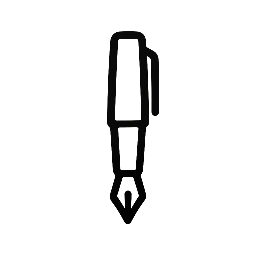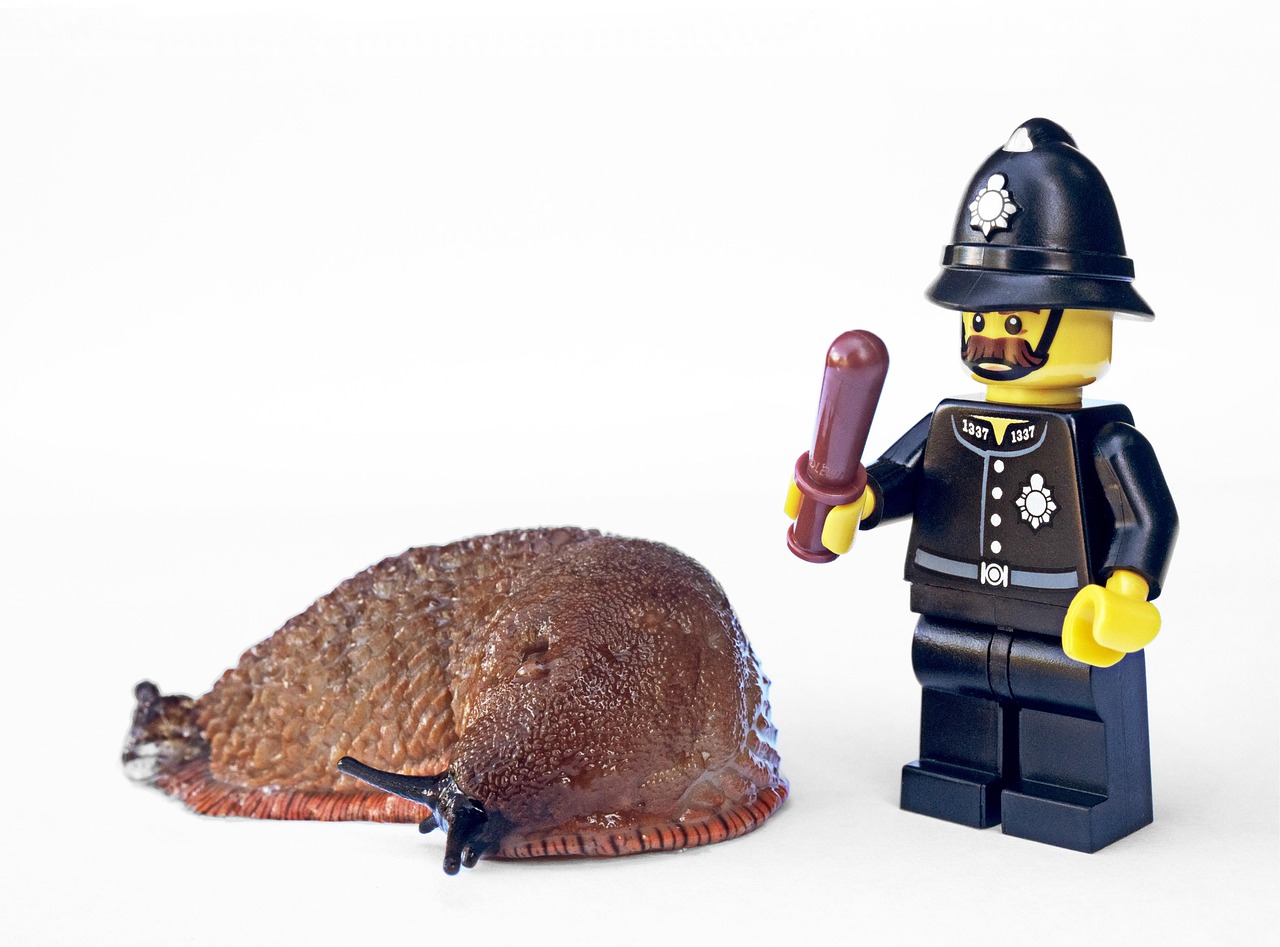Rodent control Surrey is essential for maintaining a clean and safe environment. Rodents can cause property damage, contaminate food, and spread diseases, making effective control measures a priority for residents and businesses alike.
The most effective rodent control in Surrey involves identifying entry points, eliminating food sources, and using professional pest management services when needed. Understanding local rodent behavior and risks helps tailor solutions that work best for the specific conditions in the area.
Many people underestimate the persistence of rodents, which makes timely intervention critical. By addressing infestations promptly, Surrey homes and workplaces can prevent larger problems and reduce long-term costs.
Rodent Control Solutions in Surrey
Effective rodent control in Surrey involves identifying the types of rodents present and applying targeted methods depending on the environment. Solutions vary between residential and commercial settings based on the level of infestation and potential health risks.
Types of Rodents Commonly Found in Surrey
The main rodent species in Surrey include brown rats, black rats, and house mice. Brown rats are larger, burrowing rodents often found near sewers and building foundations. Black rats prefer higher locations like attics and roof spaces.
House mice are smaller and exploit indoor spaces such as kitchens and storage rooms. Each species carries risks of property damage and disease transmission. Identification is crucial since control methods differ between species due to their habits and nesting preferences.
Residential Rodent Control Methods
Homeowners in Surrey typically use a combination of exclusion techniques, traps, and baits. Sealing entry points around doors, windows, and utility lines prevents rodent access. Snap traps and electronic traps provide immediate capture without chemicals.
When using poison baits, care must be taken to place them in tamper-resistant bait stations to avoid accidental exposure to children or pets. Regular inspection and cleaning reduce attractants like food scraps and clutter, minimizing rodent harborage.
Commercial Rodent Management Strategies
Commercial properties require integrated pest management (IPM) approaches. This includes routine inspections, sanitation improvements, and strategic placement of bait stations and traps. Proper waste disposal and maintenance of drainage systems reduce rodent food and water sources.
In high-risk areas such as food handling, tighter monitoring and professional rodent control services are common. Businesses often implement rodent-proofing measures in building design to prevent infestations and comply with health regulations.
Preventing Future Infestations
Effective prevention relies on identifying vulnerabilities, securing entry points, and maintaining a clean environment. Regular assessments and precautionary steps reduce the chances of rodents returning.
Property Inspections and Risk Assessment
Professionals conduct thorough inspections both inside and outside properties. They look for signs such as droppings, gnaw marks, and nesting materials.
Key risk areas include basements, attics, kitchens, and storage spaces. Outside, they check around foundations, vents, and garbage disposal sites.
Identifying gaps, holes, and clutter helps prioritize treatment areas. This assessment informs targeted prevention strategies.
Rodent-Proofing Homes and Businesses
Sealing entry points is critical. This includes gaps around pipes, cracks in walls, and broken vents using steel wool, metal flashing, or caulk.
Doors and windows should fit tightly, and weather stripping can block small openings. Screens must be intact on vents and chimneys.
Food storage requires airtight containers, and waste bins should have secure lids. Landscaping should avoid dense vegetation near buildings, limiting rodent harborage.
Ongoing Maintenance Tips
Routine cleaning removes food sources and nesting materials. Floors should be swept regularly, and spillage in kitchens or storage areas should be promptly cleaned.
Regularly inspect for new entry points and damage to seals. Replace or repair damaged screens, weather stripping, and barriers immediately.
Monitor traps and bait stations if used. Maintaining outdoor areas by trimming vegetation and clearing debris decreases attractiveness to rodents.


Leave a Reply